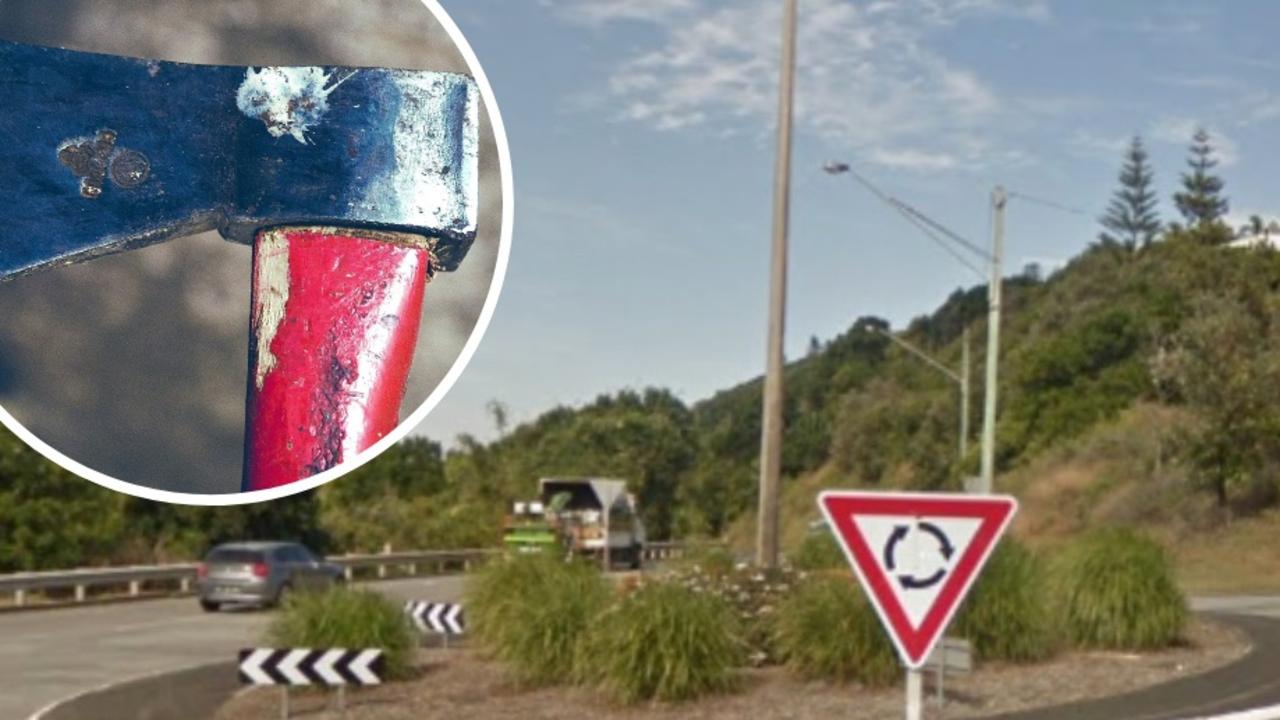How dog hairs and bloodied newspaper cracked the case of ‘Jane Doe’
First they couldn’t identify the body of ‘Jane Doe’ but it was the most obscure clue that put police on the path to her killer. In a new series called Silent Witness, The Sunday Telegraph will profile NSW’s most baffling murders and how each case was cracked. INTERACTIVE SPECIAL

NSW
Don't miss out on the headlines from NSW. Followed categories will be added to My News.
EXCLUSIVE: In a new series, Silent Witness, Crime Reporter Ava Benny-Morrison reveals how forensic science has been the key to unlocking some of NSW’s most baffling crimes.
When the decomposing body of a young woman was found dumped in an industrial area in Sydney’s south in 1991, the odds were stacked against police.
The mystery victim had no identification on her, no dental or fingerprint records and no one had filed a missing-person report.
There was no CCTV capturing a suspect car or lone figure walking down Guess St in Arncliffe just before her body was found three days after Christmas.
For four months, the woman remained in a morgue under the name ‘Jane Doe’.
The eventual breakthrough rested on two key pieces of evidence: a bloodied fingerprint on scrunched up newspaper and a few stray dog hairs.
Three decades have passed but retired crime scene officer Steve Horn still remembers how difficult the case was.
“There were no fingerprint or dental records and we even went to Interpol to try and identify her,” the former Detective Senior Sergeant said.
“Take out DNA because there was no DNA back then. We were looking at the bags the body was in to try and get fingerprints off them by drying them out. We looked at her clothing and her injuries and questioned ‘how long had she been there?’”
The woman was dressed in a white bodysuit, black and white hot pants and had a single gold band on her right hand. Investigators tracked down the clothing manufacturers and the Australian stores in which they were sold to try to narrow their search.
The single bloodied fingerprint on the crumpled newspaper was run against NSW Police’s fingerprint database without success.
In an unusual move, photos were taken after a mortician applied thick makeup to the woman so she could be photographed.
Detectives were stumped on the woman’s hairstyle so several computer generated images were made of eight different hairstyles and published in a woman’s magazine.
GET MORE CONNECTED:
What you get as a subscriber to The Daily Telegraph
Download our app and stay up to date anywhere, anytime
Finally, a witness came forward with a name: Spanish migrant Viviane Lynda Ruiz, a 23-year-old dancer from Kings Cross last seen dressed in the same clothes as ‘Jane Doe’ on December 23 in the Taboo nightclub.
The mystery fingerprint on the newspaper was reviewed and one sharp-eyed expert realised the print was in reverse. The ridges and hollows that make a fingerprint unique had been warped in the process of pushing the newspaper down Ms Ruiz’s throat.
“It was a big breakthrough,” Mr Horn said.
As the forensic police chipped away, detectives looked at Ms Ruiz’s inner-circle, including her boyfriend Richard White. Mr White, a French polisher from Bexley, had left the country after Ms Ruiz’s body was found.
Police seized lease documents and bank statements during a warrant on his home and pulled one of Mr White’s fingerprints. It was a match against the bloodied print on the newspaper.
The second circumstantial link was small hairs picked off Ms Ruiz’s body — identified as dog hairs, very similar to the hair of White’s pet German Shepherd “Ted”.
In early 1992, White was arrested in Newcastle in the UK and extradited. He claimed his fingerprint was left on the newspaper after he punched Ms Ruiz in the face during an argument and used it to stop her bleeding.
The jury didn’t believe him. White was found guilty of murder and got 15 years jail.
Originally published as How dog hairs and bloodied newspaper cracked the case of ‘Jane Doe’



